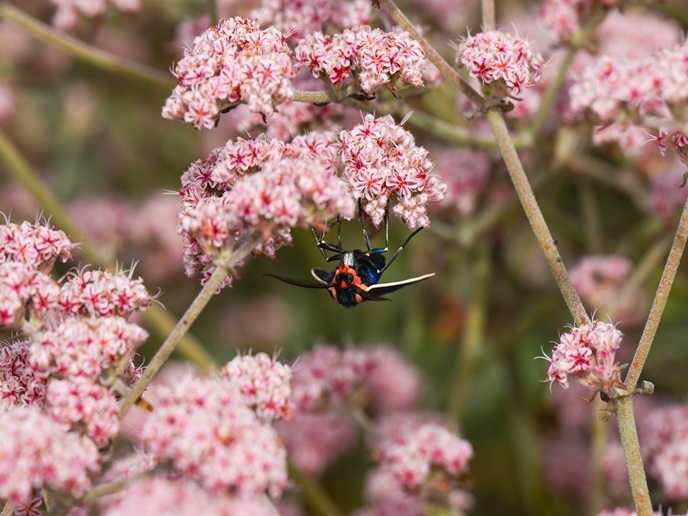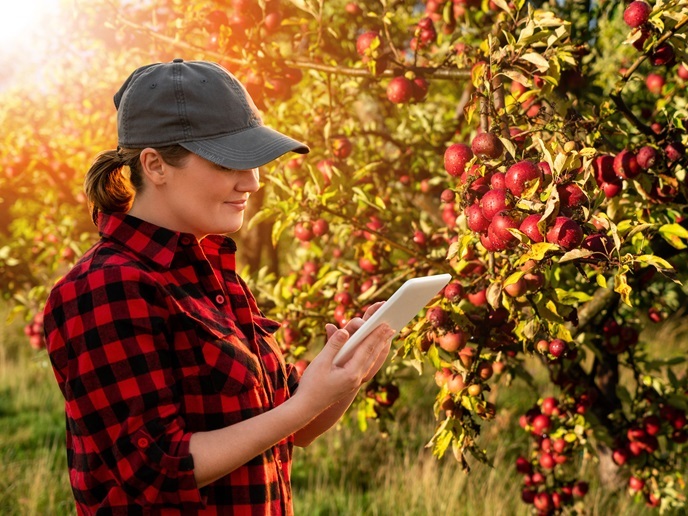Wood from pruning and plantation removal for energy production
Amongst the different types of agricultural biomass, crop residues are those that remain in the field after harvesting and are comprised of different parts of plants or trees. These are very useful energy sources whose potential, at the moment, is quite neglected in Europe. Breaking the vicious circle The EU-funded project uP_running(opens in new window) has been established to unlock the potential of biomass from agrarian pruning and plantation removal (APPR), especially those obtained from vineyards, olive groves and fruit tree plantations. Project partners figured out that the main barriers for increasing the utilisation share of APPR biomass are non-technical. “Farmers are not interested in changing the pruning management model to use these woody residues as an energy source. Being unaware of its potential, they usually dispose of such waste by burning it at the field side or shredding it on the soil,” notes project coordinator Dr Adeline Rezeau. To this end, uP_running has implemented a series of actions to counter the misconception in the agricultural and energy sectors that this type of woody residue has little or no value. Demonstration activities A major project activity was the organisation of 20 demonstrations of APPR biomass value chain operations – 5 in each of the 4 uP_running demonstration countries (Greece, Spain, Italy and the Ukraine). The demonstrations were performed by the agrarian and technical partners who have helped new entrepreneurs interested in initiating value chains draft appropriate business models, overcome technical issues related to harvesting equipment and check the sustainability of their value chains. “These so-called uP_running ‘prime movers’ are considered the seeds in materialising the uP_running’s motto: ‘APPR biomass is possible’,” adds Dr Rezeau. The prime movers’ profile is diverse, including farmers, cooperatives, agro-industries, residue managers, service companies and city councils. One entrepreneur per demonstration country received further support by uP_running partners to initiate the value chain based on APPR biomass. In western Greece, partners will support a biomass power plant in organising its logistic operations for the residual biomass from olive and kiwi pruning. In the Vinnitsa region of the Ukraine, a farm that has signed a contract with a utility company plans to produce more than 2 500 tonnes per year of pellets from the removal of apple tree pruning residues. Furthermore, an Italy-based farm is providing a new service to local farmers that covers the whole spectrum of agripellet production: pruning shredding, collection, storage and transport, and agripellet making. Sharing APPR biomass experiences The newly released uP_running Observatory(opens in new window) is an online platform in eight languages that records and displays ‘experiences’ related to APPR biomass from around the world. It includes field measurements of biomass potential from APPR biomass, mechanised pruning collection examples and existing commercial value chains. Interested users can learn more about how much APPR biomass (tonnes per hectare) was produced in specific locations for different crop species; the performance of harvesting machines (how many tonnes per hour were collected); and existing APPR value chains in Europe. Ten of the existing APPR value chains have been selected as flagship cases – success factors and experiences will serve as a valuable lesson for imitation or improvement.







